Plants Safe for Cats 20 to Keep in Your Home Great Pet Care

Alocasia Happyflora
Unfortunately, the answer is no. Alocasia plants, also known as elephant ear or African mask plants, are toxic to cats. The reason why Alocasia plants are so dangerous to cats is due to the presence of calcium oxalate crystals in their leaves. These crystals can cause oral irritation, vomiting, and difficulty swallowing if ingested by cats.

Alocasia regal shield care How to care for this stunning tropical!
It is crucial for cat owners to keep their furry companions safe by ensuring that Alocasia plants are kept out of reach and not accessible to curious felines. Tips for Keeping Alocasia Plants Safe from Cats. Place your Alocasia plants out of reach on high shelves or hanging planters to prevent cats from nibbling on the leaves.
Is Alocasia Toxic To Pets? (Cats, Dogs, Small Animals) » Simplify Plants
Toxicity to pets. Alocasia plants contain insoluble oxalate crystals similar to other plants in the Araceae family. Chewing or biting into this plant will release these crystals causing tissue penetration and irritation the mouth and GI tract. VERY rarely, swelling of the upper airway occurs making it difficult to breathe.

Why are my Alocasia Polly Leaves Turning Yellow? (When to cut, water
By keeping Alocasia plants out of reach, providing cat-friendly alternatives, and closely monitoring your cat's behavior, you can create a safe and harmonious environment for both your cherished.
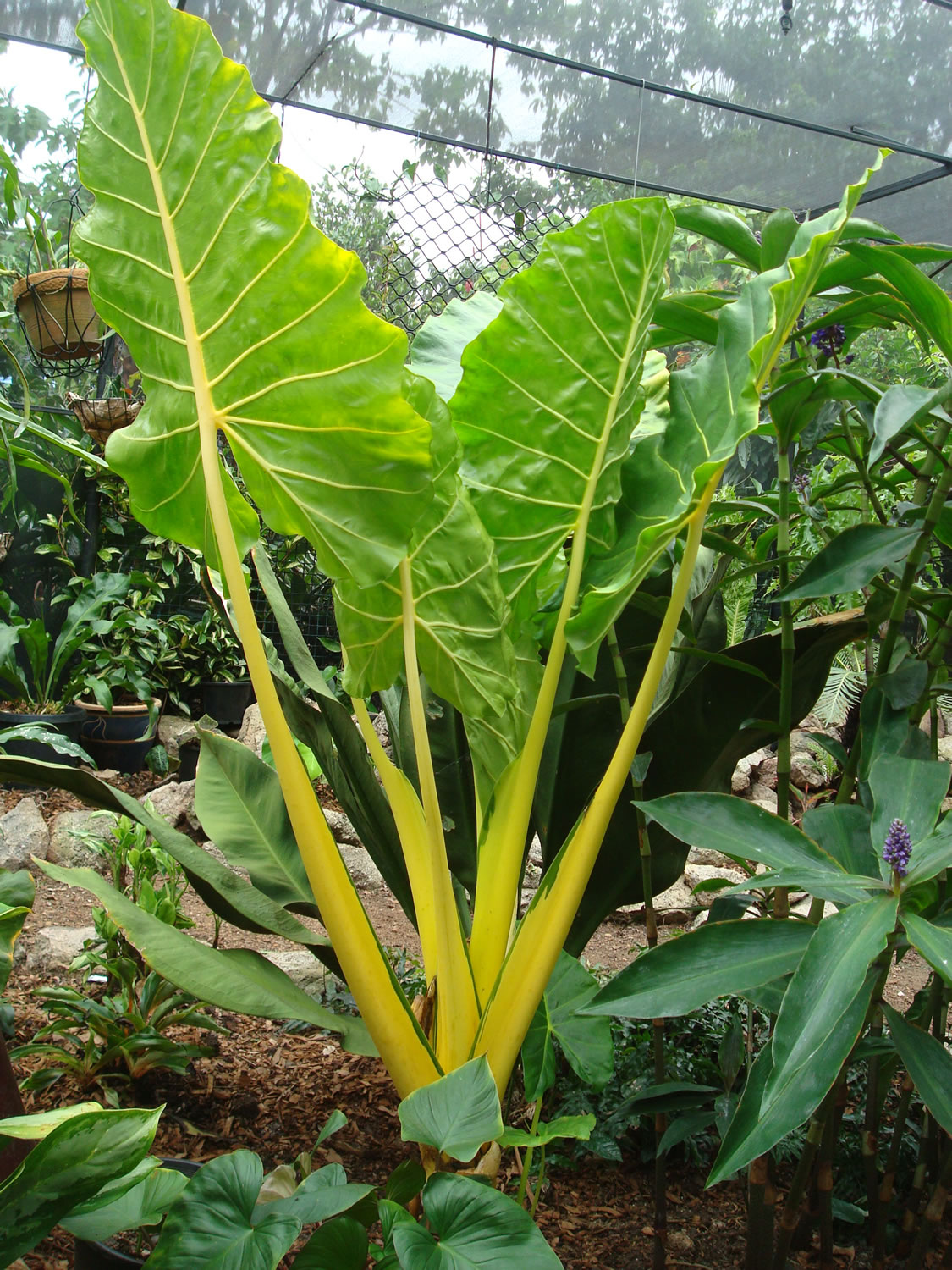
Alocasia 'Lutea'
Yes, alocasias are toxic to cats. While these striking houseplants carry potential health benefits, they aren't your pet's friend.The leaves contain calcium oxalate crystals, known as raphides that contributes to the plant's toxicity levels.If a cat comes into contact with these plants, particularly by chewing or biting the leaves, it can experience symptoms such as oral irritation.

Is Alocasia Toxic to Cats? Plants Craze
Yes, Alocasia plants contain calcium oxalate crystals, which are toxic to cats. These crystals can irritate the lining of your pet's stomach and intestines, which can lead to nausea, vomiting, and other uncomfortable symptoms. A study published in the journal BMC Veterinary Research in 2017, found that all of the cats who ate Alocasia.
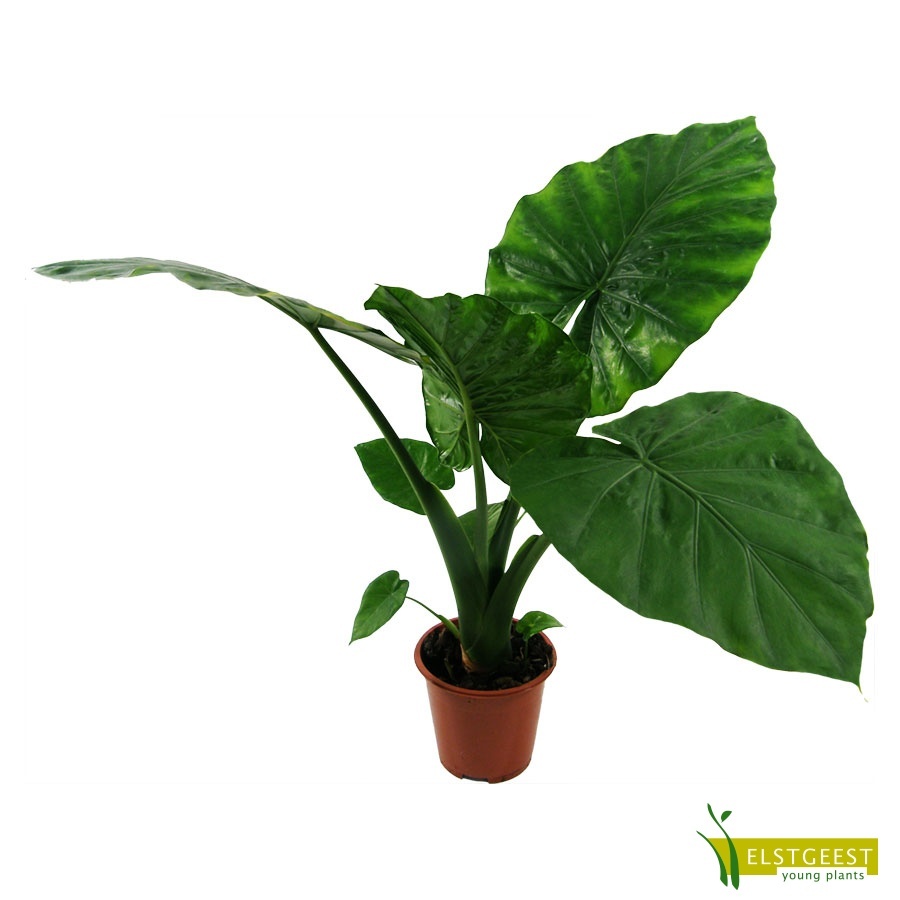
Alocasia Elstgeest Young Plants
The Elephant Ear plant, or Alocasia, is toxic because it contains calcium oxalate crystals. When a cat chews or bites into the plant, these crystals can cause severe irritation in the mouth, throat, and gastrointestinal tract. It's not just the leaves that are dangerous - every part of the plant, including the stem and roots, contain these.
Black Velvet Alocasia question I’m a new Alocasia owner and have been
June 21, 2023. The Alocasia, famous for its lobed, pointed, glossy leaves, is ideal for any indoors, but the sad part is you should not neglect it if you have cats, as it is toxic to them. According to ASPCA, Alocasia is a toxic plant containing insoluble Calcium oxalate crystals that can penetrate the skin and tissues and cause mouth distress.
Alocasia dragon scale variegated r/alocasia
There are several cat-safe houseplants you can use to decorate your home. The bamboo palm is non-toxic to both cats and dogs. While it has smaller leaves than an elephant ear, it does carry the.

Plants Safe for Cats 20 to Keep in Your Home Great Pet Care
The ASPCA reports that Alocasia is toxic to cats as it contains insoluble calcium oxalates. If ingested, this plant can cause oral irritation, swelling of the lips, tongue, and mouth, difficulty swallowing, excessive drooling, and vomiting. It's no secret that cats are picky eaters when it comes to food.

How to grow Alocasia Reversa in Easy Steps Ultimate Care Guide
Alocasia is extremely dangerous to pets and can cause many problems in them. If your cats and dogs touch the plant in any way, it can cause various skin infections and rashes. If the pets ingest any part of the plant, they can experience vomiting, diarrhea, nausea, swelling, oral irritation, and gastrointestinal tract.

Alocasia Macrorrhiza Variegata Ornamental Plant Seller
Here is an SEO description for a blog post about alocasia plants being cat safe, wrapped in description tags: Learn about whether alocasia plants are safe for cats. This blog post discusses the toxicity of alocasia plants to cats and provides care tips for keeping alocasia and cats peacefully coexisting in your home.

Cat Crack Organic Catnip, Premium Blend Safe for Cats, Infused with
Alocasia (elephant ear, dwarf taro, malanga, caladium) Aloe vera (liliaceae family) Ant plant (hydnophytum papuanum, maze plant) Anthurium (tail flower, flamingo flower, laceleaf, pigtail plant, giant laceleaf). Toxic Caution advised Safe Cats and indoor plants . Created Date.
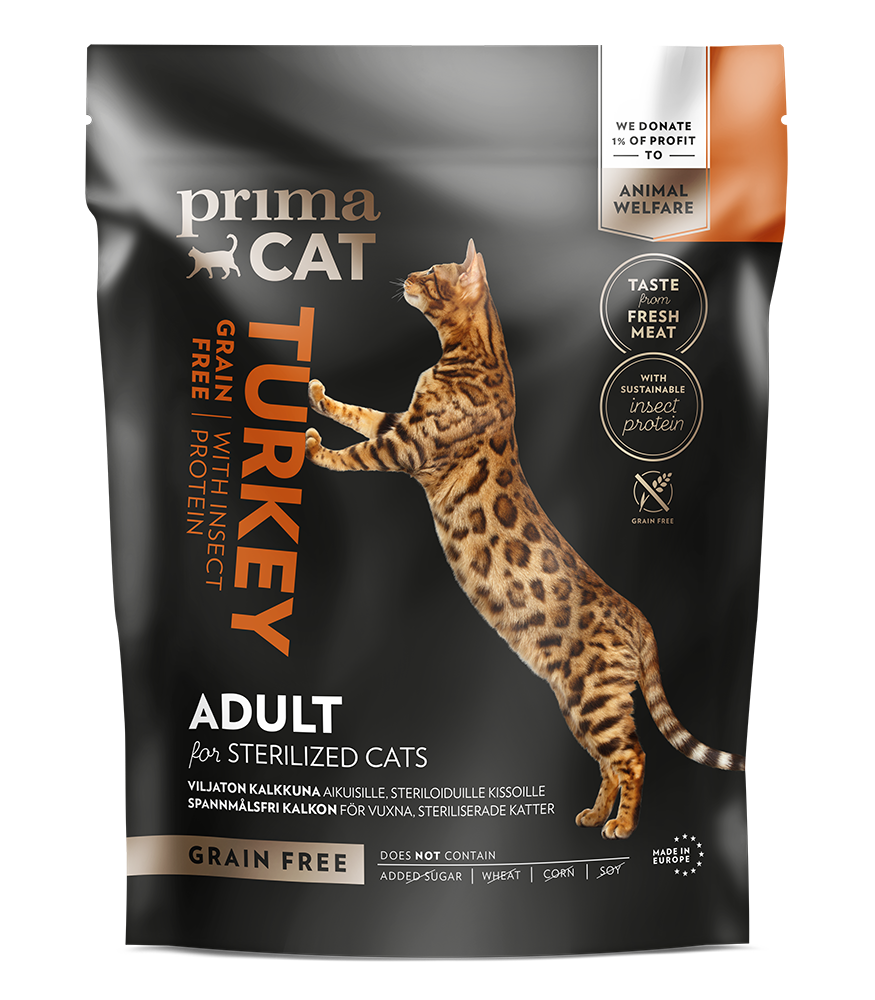
PrimaCat Grain Free Turkey for sterilized cats
What are the symptoms of alocasia poisoning in cats? Alocasia, also known as elephant ear or taro plant, is a common household plant that is toxic to cats if ingested.. In conclusion, alocasia plants can be harmful to cats, but there are many safe alternatives that can be grown indoors. Spider plants, Boston ferns, calatheas, Fittonias, and.
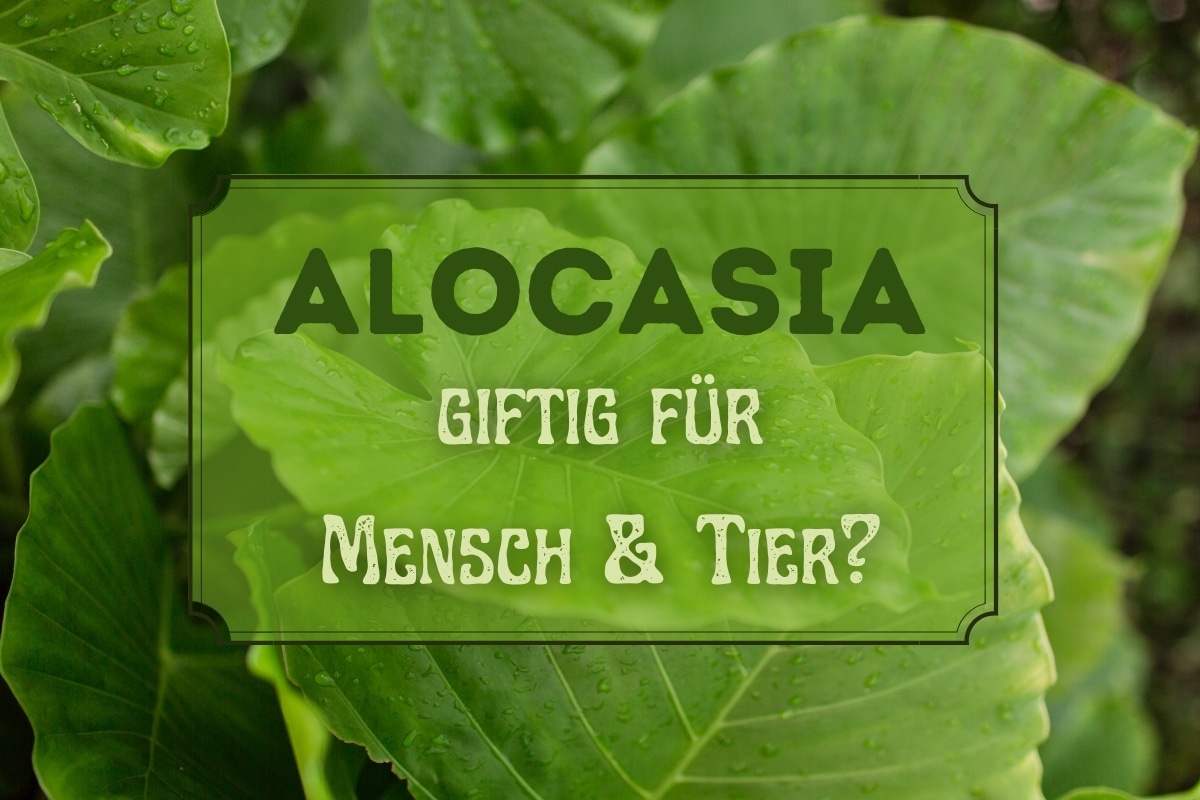
Alocasia giftig für Mensch oder Tier?
Preventing Alocasia Poisoning in Cats. The best way to keep your cat safe from Alocasia poisoning is to prevent access to the plant. Here are some tips to consider: Keep Alocasia in a room or area that your cat cannot access. Consider using a hanging planter or placing the plant on a high shelf to keep it out of reach.

Alocasia Plants Poisonous To Cats Necps
Elephant's ear ( Alocasia spp .) is toxic to cats. The toxic principle is insoluble calcium oxalate crystals which are needle-like crystals produced by the plant to protect it against herbivory. When an animal chews any part of the plant, these needle-sharp crystals penetrate the oral mucosa and pharynx producing intense pain and burning.